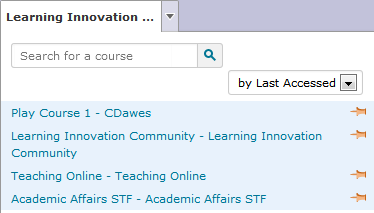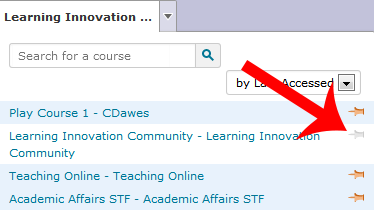Contrary to popular belief, instructional design has nothing to do with technology. Granted, like most other professionals, instructional designers use technology to accomplish their goals, but the process of designing instruction does not depend on technology. In fact, I would argue against even discussing the technology until after a plan is in place.
Using the most simplistic (and (appropriately?) circular) definition, instructional design is the process of designing instruction. Some instructional design theorists will argue for hours (days) over the intricacies of the various instructional design models; however, from a broad perspective, most instructional designers follow the same basic process: determining the needs of the learners; establishing goals and objectives from those needs; designing, developing, implementing, and evaluating instruction to meet those needs.
You’ll notice that in that basic process I never mentioned the technology; that’s because regardless of the course delivery method and regardless of the level of the course, the instruction must come first. The technology can be used throughout the process, but it should not be the first (or even second) consideration in the design of the instruction.
Obviously (hopefully), the first consideration when designing instruction is what do the learners need to be able to do after they successfully complete the instructional activity. “Wait a minute,” you might say, “education is about knowledge too!” True, beginning with the knowledge is a good starting point; however, being able to do something with that knowledge is usually what matters.
Let’s use photography as an example. Using an aperture of
f2 will result in a much shallower depth of field than using an aperture of
f16. That information is a part of my knowledge base, but unless I can apply that information when creating a well composed photograph, it remains a random fact that I can use to say answer a question on a multiple choice quiz. (I’ll save my contempt for multiple choice for another posting.)
So now we know something that our learners need to be able to do:
- Create well composed photographs using various depths of field (Our first learning objective).
As you can see, the knowledge is also “built into” that objective because the learners need to know about apertures and how they affect depth of field in order to successfully accomplish the objective.
Our next step is to design, develop and implement instructional materials to help our learners achieve this objective. And finally we need to determine the effectiveness of the instruction by assessing not only the learners, but also the instruction itself. If the instructional materials are not helping the learners achieve the learning objectives, then we need to revisit the instructional design of those materials— beginning the cycle again.


